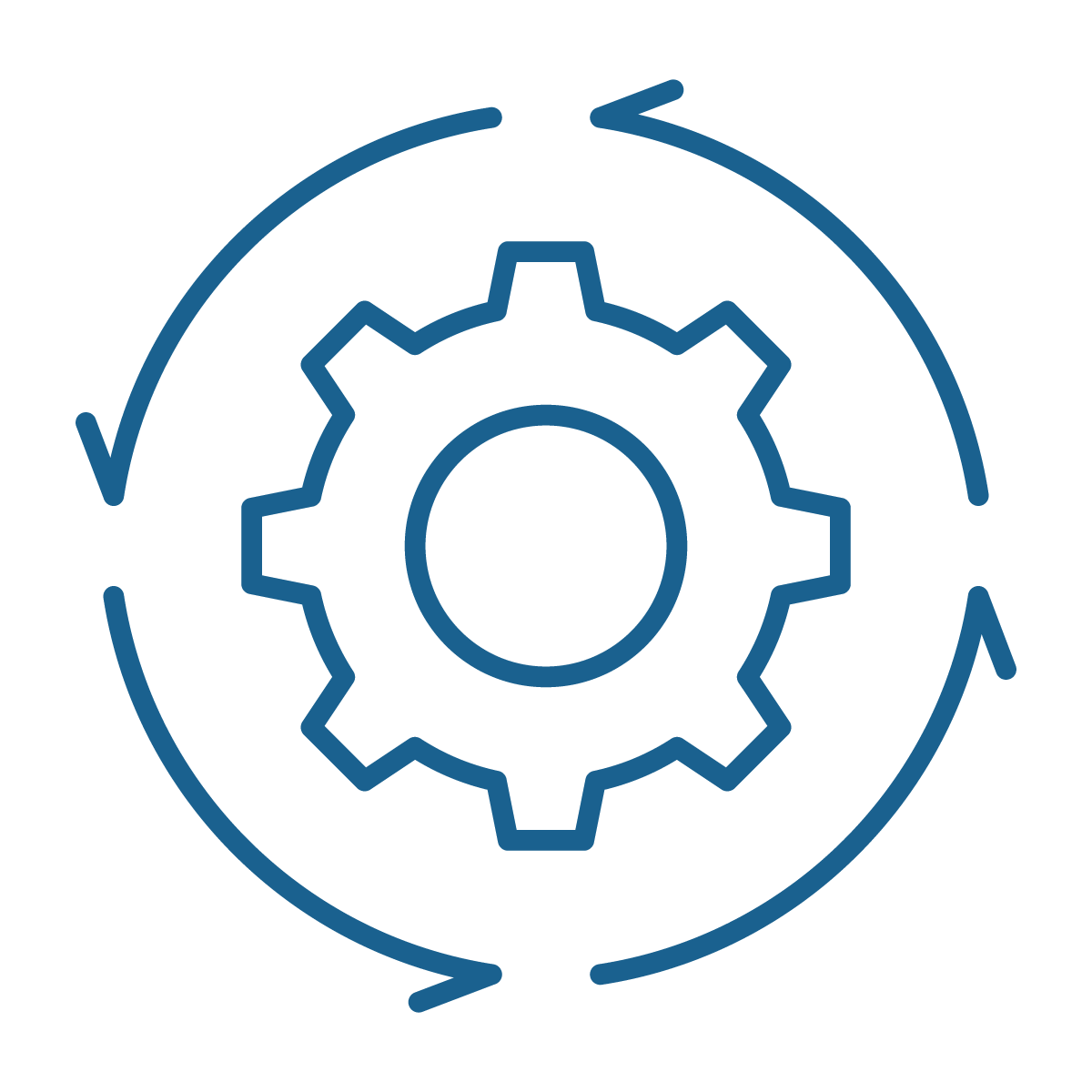The problem: mood
There's a lot that we don't know about mood, especially when it comes to the brain — including what in the brain drives our answers to the question, "How happy are you right now?" Over decades, I've contributed to figuring out how the brain drives answers to analogous questions for vision and memory such as, "Have you seen this thing before?". One of the central goals of my research program is to understand what in the brain drives mood. I am inspired to do this work, in part, to lay the groundwork required to understand mood to the degree that we can create new treatments for mood disorders. Another thing that inspires my work is the profound impact mood has on all of us -— who isn’t eager to know more about how mood works?
What is mood?
Mood is one of those things that everyone knows but no one can define precisely. We all experience it as an ever-present, continuous feeling, characterized by states like happiness, sadness, anxiousness, and calmness. In comparison to emotions (which are often targeted at something specific), moods are often diffuse. We are afraid of tigers and disgusted by rotting garbage, but we cannot always explain why we feel happy or calm. This is because our moods do not follow from a single experience, but an integration across many — as well as our internal states like hunger and hormone levels.
Why does mood exist?
Unlike brain functions whose purpose is more obvious (like seeing or remembering), it's unclear what mood is and why it exists. It turns out that there are good reasons to think that our moods are beneficial but also fragile (leading to mood disorders like depression).
More broadly, the general idea is that feelings (like emotions) exist to motivate us to approach good things and avoid bad ones. By extension, one compelling idea is that mood exists as an integrated signal about how good things are overall, and that this is useful for learning when things are changing. Imagine you’re a monkey trying to learn which trees have the best fruit. When things are stable, visiting each tree one-by-one is the best thing you could possibly do. But in the spring or fall when the total amount of fruit is changing, if you try to learn this way, you will get confused. Taking into account the overall change will bring you back to not-confused again.
This is where the spiraling can happen: if when bad things happen, we integrate them in ways that lower our moods and this in turn lowers our motivation which leads us to even lower moods … we can spiral downward into depression. We thus need to engage in mood enhancing activities to stop the spiral.
Why is mood so difficult to understand?
One factor that makes understanding mood challenging is that it is a subjective experience. In that way, it's different from memory, where there's an objective truth about whether you've seen something before or not. In comparison, only you know how happy you are. That means we will have to approach mood differently, in ways that rely (at least in part) on asking individuals how they feel. Despite its challenges, we cannot shy away from trying to understand mood — a remarkable 21% of adults will experience a mood disorder at some point in their lives, and existing treatments will not work for everyone. My goal is to determine ways to approach the subjectivity of mood in a manner that can facilitate a rigorous, computationally grounded understanding of mood percepts and how they are shaped by the brain.
Likewise, mood is shaped by a reciprocal interaction between our brains and the things we experience — our moods impact our percepts of the things that happen, and those percepts in turn shape our moods. Mood is thus a form of continuous learning that requires our brains to continually rebalance and adjust. How the brain manages to continuously learn while not messing itself up is one of the big frontiers of modern neuroscience. In the famous distinction between static "things" and ever-changing "processes," mood is much more a process than a thing, and it's process-like brain functions that we understand the least.
Approaches to mood
To understand how the brain drives mood, my lab employs a number of different approaches. To overcome the challenge of mood as a subjective experience, we create behavioral models that can predict how an individual’s mood will fluctuate in the context of well-defined tasks, enabling us to investigate how those fluctuations are reflected in the brain. Our overarching goal is to understand how mood is driven by brain activity patterns, and how those patterns are shaped by the external events that happen to us as well as the internal events happening in our bodies.
Information processing
We are interested in algorithmic (or mathematical) descriptions of what shapes mood in the brain as well as descriptions of how populations of neurons signal our mood percepts. For instance, we know that mood follows not just from a single experience but an integration across many, and we want to understand where and how that integration happens in the brain.
Biophysical implementation
Neurotransmitters like serotonin have long been linked to mood, but no one is quite sure how these chemicals in our brain are linked to our mood experience. A non-trivial understanding of mood requires linking biophysical descriptions with information processing and behavior. Our goal is to link all these levels through computational models.





